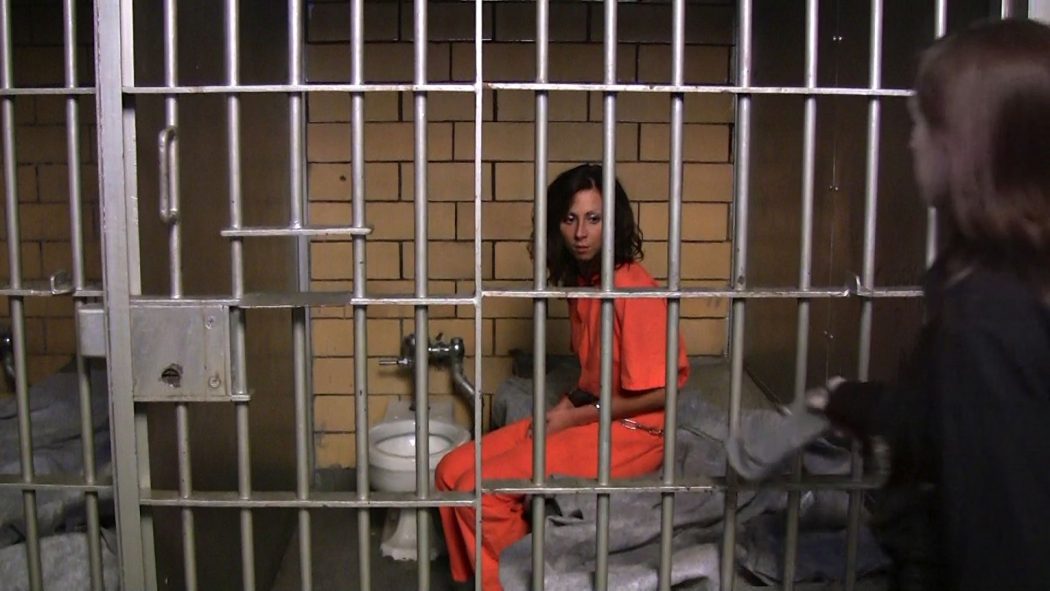On my first day on the job as a jail doctor, twenty-five-year-old Peggy* was brought by guards to clinic after fighting with another inmate. This was her third booking into jail in 6 months. Needle track marks obscured the veins that at one time were visible on her arms. She was missing several teeth, and her hollowed cheeks and eyes made her appear old. The few scratches on her leg required no medical intervention. Though agitated and impatient, Peggy shared depressing details of her life including running away from abusive parents at 14 and subsequently developing a 2-gram daily methamphetamine habit. Hers is one of many similar stories of people on the fringes of society who end up in jail and receive care in the Maricopa County Estrella Jail clinic.
It was overwhelming to think about the numbers of inmates like Peggy. 1.3 million people are incarcerated on any given day in the US many for drug-related crimes. This is higher than China and Russia and, in fact, more than any other country. Moreover, I learned our system of justice is unevenly applied. Factors like poverty and race determine how justice will be meted out. For instance, destitute inmates accused of non-violent crimes may be unable to raise cash for bail and will sit in jail for months while awaiting trial. Racial inequity also troubled me—disproportionately high numbers of black and Hispanic inmates reflect continued societal discrimination. The NAACP provides supporting evidence in noting that blacks and whites abuse drugs at similar rates, yet a black male is forty times more likely than a white mail to be incarcerated for a drug offense.
All of this could be depressing for me as a jail doctor. Surprisingly, jail medicine has turned out to be rewarding work. Under leadership of Chief Medical Officer Jeff Alvarez, sincere system-wide efforts to tailor care to the particular needs of the jail population has led to national recognition, like a recent award for best correctional health system in the nation. Innovative programs include screening all inmates for HIV, hepatitis C, syphilis, gonorrhea, and chlamydia. An outpatient opioid treatment program transitions patients to community treatment. Pregnant patients receive case management that ensures prenatal care is continued after release. For those who deliver while in jail, a doula program not only provides a humane birth experience but results in lower cesarean section rates that save taxpayer money. Finally, high rates of chronic pain complicated by opiate addiction is now treated by more than just pills. With acupuncture training, my jail clinic is one of the few in the country that offers this effective treatment for chronic pain.
The jail is still the harsh, punitive environment that it was designed to be, and many of the ongoing problems in our criminal justice system will continue for the foreseeable future. In spite of these circumstances, Estrella Jail has enabled me to provide innovative, quality care to an underserved population that might otherwise have very limited access to it. These are the factors that contribute to a personally and professionally rewarding county jail work experience.
*Peggy’s history is a composite of many patients seen in the women’s jail clinic.
Dr. Cartsonis is a practicing family physician and the director of the Rural Health Professions Program (RHPP) at The University of Arizona College of Medicine – Phoenix. In addition to his work in education, he regularly sees patients at the Maricopa County Estrella Jail clinic. He graduated from Oberlin College with a BA in biology and subsequently received his MD from The University of Arizona. Previously, he has also served as medical director of Health Care for the Homeless, a free clinic on the Maricopa County Human Services campus.


